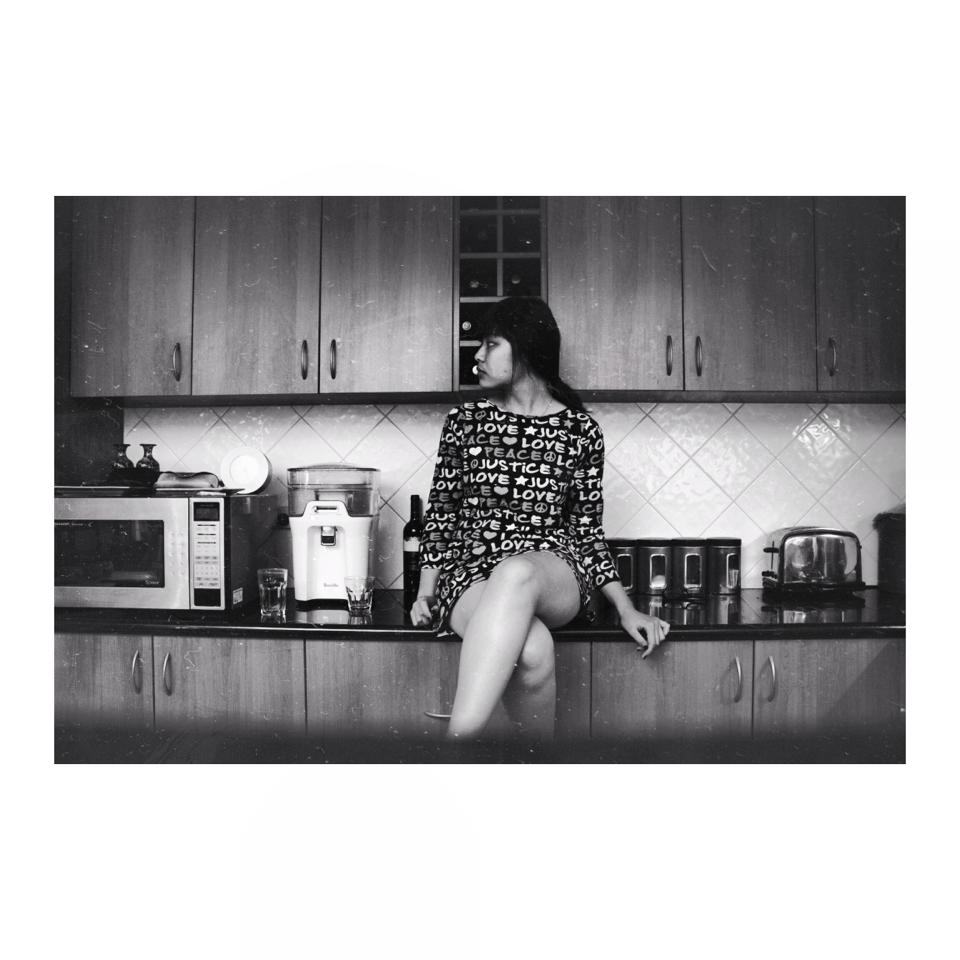In the 20th century and the period between the two world wars, the photography became the dominant and most ‘natural’ way of referring to appearances. It replaced the world as immediate testimony. Photography was thought of as being most transparent, offering direct access to the real, the great witnessing masters of the medium.
Photography offered a new technical opportunity then its usage and its reading were becoming habitual, an unexamined part of modern perception itself. Many developments contributed to this transformation; the new film industry, the invention of lightweight camera, the discovery of photojournalism and the emergence of advertising, etc. .
A mechanical device, the camera has been used as an instrument to contribute to a living memory; the photograph is a memento from a life being lived .
“Words, comparisons, signs need to create a context for a printed photograph in a comparable approaches. A radial system has to be constructed around the photograph so that it may be seen in terms which are simultaneously personal, political, economic, dramatic, everyday and historic”
From Berger, John “Uses of Photography” About Looking. NY: Vintage International, Berger, John “Uses of Photography” About Looking. NY: Vintage International, 1991. 48-63


